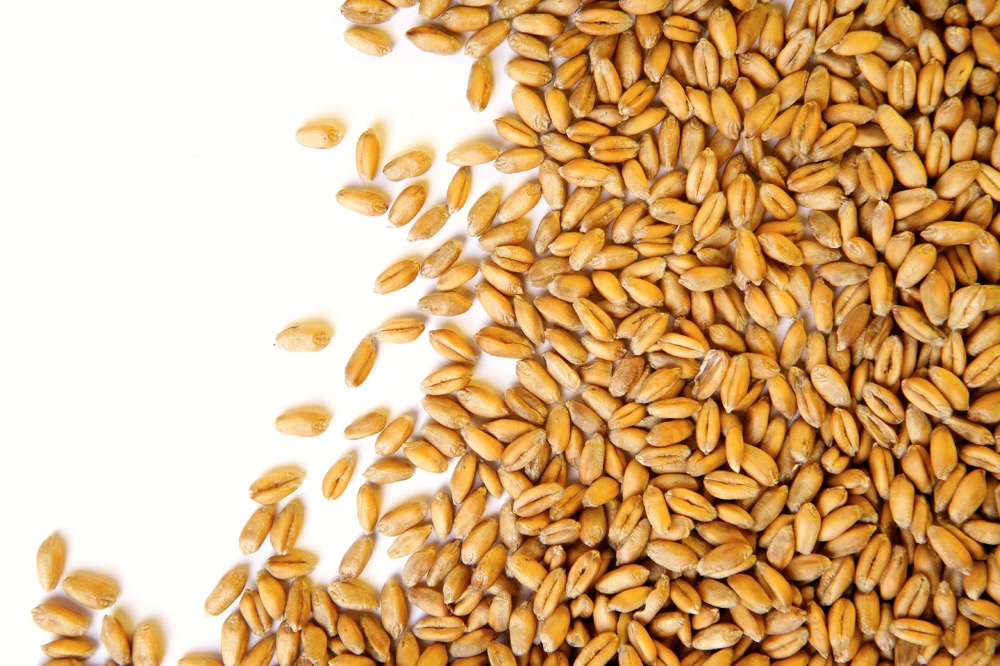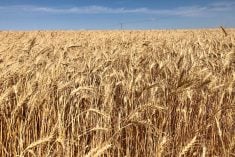Chicago | Reuters — Chicago Board of Trade wheat futures surged six per cent on Tuesday in the steepest daily jump in 3-1/2 years while corn rallied three per cent on worries that an escalating conflict between Russia and Ukraine could disrupt grain flows from the key Black Sea export region.
Soybeans climbed to a nine-month peak as soaring energy markets lifted soybean oil futures more than four per cent. Continuing concern about a South American crop shortfall due to poor weather added support.
“This is a supply-led market and the supplies are trapped, whether it’s because of Russia-Ukraine or because of the drought,” said Mike Zuzolo, president of Global Commodity Analytics. “The market’s trying to ration demand.”
Read Also

IGC raises 2025/26 world wheat crop forecast
The International Grains Council has raised its forecast for 2025/26 global wheat production with crop outlooks upgraded for Russia, the United States and Argentina.
Chicago Board of Trade March wheat surged 47-1/4 cents to $8.44-1/4 a bushel (all figures US$). May wheat added 48-1/2 cents to settle at $8.52-1/2 a bushel, a six per cent jump that was the strongest for a most-active contract since July 2018.
March corn hit a contract high of $6.76-3/4 a bushel and ended up 20-1/2 cents at $6.74-3/4, while March soybeans rose 33-1/2 cents to $16.35 a bushel after hitting a contract high of $16.41-1/4 earlier in the day.
All corn and soybean contracts and several wheat contracts posted life-of-contract highs during the session.
Grains markets have been sensitive to developments in Moscow’s standoff with the West over Ukraine, since Russia and Ukraine account for a significant portion of the world’s wheat and corn export supplies.
Traders are assessing the impact of fresh measures by the West to deter a further Russian incursion into Ukraine after Germany put the brakes on a new gas pipeline and Britain hit Russian banks with sanctions.
The market also continues to monitor weather in South American corn and soy production areas, as well as drought conditions in the U.S. Plains wheat belt where the winter crop is due to break dormancy.
— Karl Plume reports on agriculture and ag commodities for Reuters from Chicago; additional reporting by Gus Trompiz in Paris and Naveen Thukral in Singapore.












